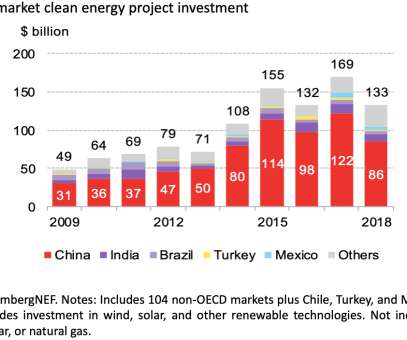BloombergNEF: clean energy investment in developing nations slumps as financing in China slows; coal burn surges to record high
Green Car Congress
NOVEMBER 26, 2019
The findings suggest that developing nations are moving toward cleaner power but not nearly fast enough to limit global CO 2 emissions. Investment in new wind, solar, and other non-large hydro renewables projects in the country fell to $86 billion in 2018 from $122 billion in 2017. —Luiza Demôro, project manager for BloombergNEF.












Let's personalize your content